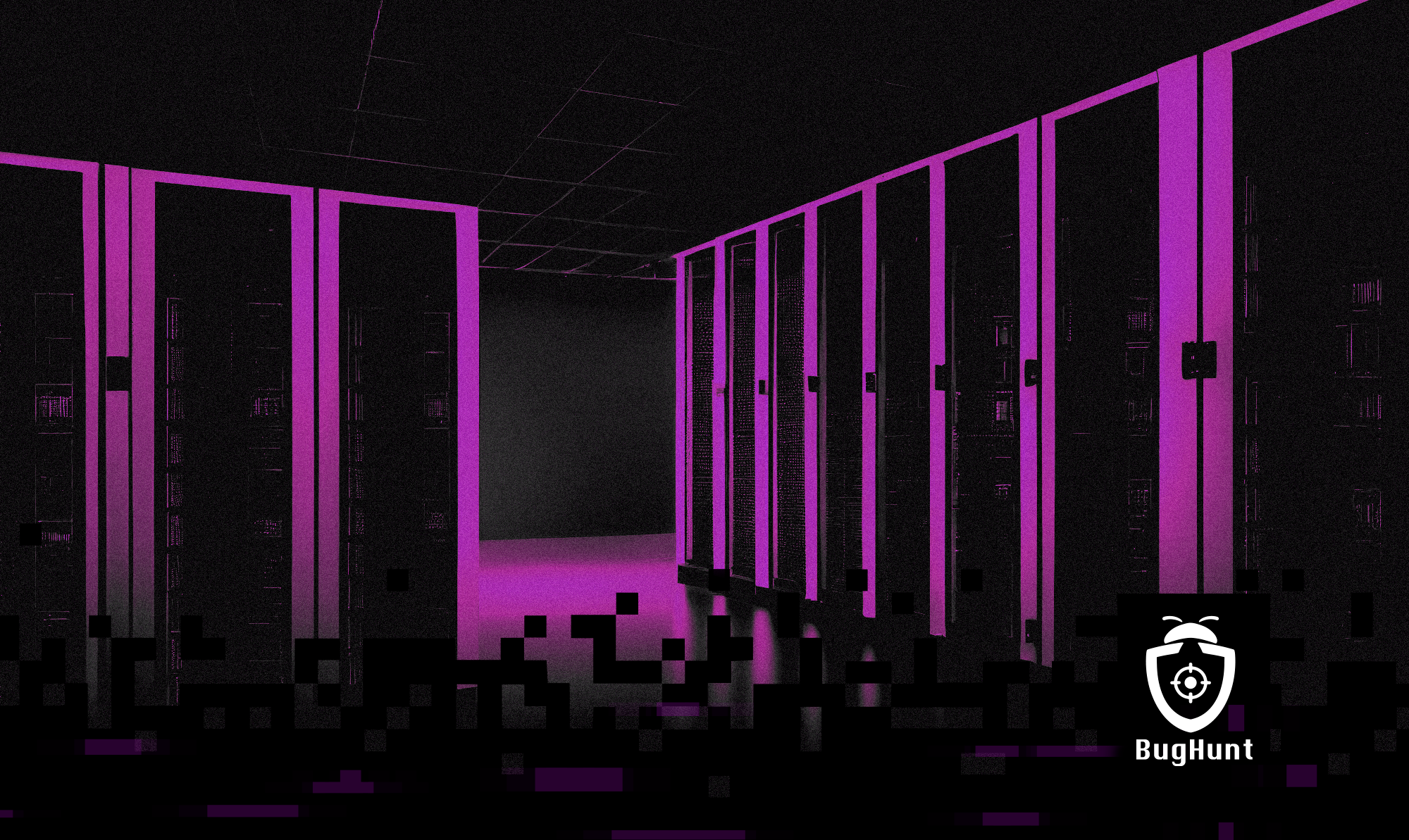What are the Risks of Working with PaaS?

As companies become increasingly integrated into what is known as Cloud Computing, a method of processing data directly from the cloud without needing to invest in their own infrastructure, Platform as a Service (PaaS) has become a reality for many businesses.
However, while a solution like this offers many possibilities for businesses, it can also be a gateway to many threats. In today's article, we will explain how PaaS works and what risks it poses to cybersecurity. Happy reading!
What is PaaS?
PaaS is a cloud computing service that allows companies and developers to access a service for hosting and deploying hardware and software, which is widely used to provide internet solutions. It enables the creation of infrastructure to start system development, application hosting, and solutions through the internet.
These platforms have all the necessary tools for managing technological infrastructure, such as operating systems, compatibility with various programming languages, and the capacity to manage, implement, host, and diagnose the performance of their services.
How Does PaaS Work?
PaaS is an integrated cloud environment where technology teams do not need to worry about hardware limitations or server capacity, as they simply access the PaaS platform to have all the tools at their disposal.
For those contracting the service, there are no issues such as server space or hiring skilled professionals to manage everything. Companies providing this service handle all server maintenance and security. And that’s where the danger lies!
Since it is an outsourced service, internal regulations must be closely monitored because a platform as a service does not host the database of just one company. All companies using that service are subject to the security protocols and internal conduct of the PaaS staff.
What Are the Limitations of Platform as a Service?
As mentioned earlier, PaaS is an outsourced service, so it is wise to be cautious about the security protocols established by the platform. Cybersecurity risks are real in this service model. Here are some of them:
Data Breach
Sensitive data, business plans and strategies, software prototypes, and other important documents are commonly stored. As PaaS is a massive infrastructure for numerous companies, it is a prime target for cybercriminals looking to hijack this data.
Companies should not rely solely on the platform's security protocols but should implement their own preventive measures or hire information security specialists. Multiple layers of protection are advisable and can prevent data leakage or hijacking issues.
Unauthorized Access
If there is a security breach in one company's servers, it is likely that the same breach exists in other servers as well. An employee responsible for Company A’s servers could access Company B’s data by exploiting these vulnerabilities, risking exposure of confidential information to competitors, such as new products, services, or market strategies.
API and Interface Vulnerability
APIs are crucial for accessing the tools provided by PaaS. They enable interaction between systems and applications using the services generated within the platform. A security flaw in these APIs or interfaces would be catastrophic for your business’s security.
Phishing and Social Engineering
Phishing attack tactics may seem widely known but continue to cause significant problems in the cybersecurity world. In a PaaS environment, such attacks could open a window for the attacker to access data flows, transaction histories, transmitted information, and even use the platform to enhance and expand their attacks.
Human Error and Malicious Employees
Once servers are hosted on PaaS, they are subject to the care of professionals responsible for their maintenance and security. After all, it is one company managing the data of another. A misconfiguration or any unauthorized change to a hosted server's specifications could lead to the shutdown of a website or application.
There is also the possibility of internal attacks, where an employee with authorized access to servers and databases might exploit their position for personal gain or to disrupt platform operations.
Shared Failure
Finally, it’s worth emphasizing: if a vulnerability exists in one hosted server, it may exist in all others within the same platform that has the same security parameters. This can lead to massive data exposure, causing significant damage to the company's market reputation.
Is it Possible to Use PaaS Safely?
There are many vulnerabilities that can affect businesses using PaaS services. Therefore, it is important for each company to have its own security protocols to prevent cyberattacks and hinder unauthorized access by cybercriminals. Encryption, two-factor authentication, and bug bounty programs are examples of how to keep your data secure and free from compromise.
At BugHunt, for example, we have a platform with thousands of cybersecurity experts ready to identify risks and vulnerabilities in your company before criminals or malicious agents do. Want to know more? Contact us and learn more about our bug bounty programs!

